June 6th, 1982 was a calm Sunday in the South Lebanese village of Saida. During the ongoing Israeli invasion, a pilot named Hagia Tamir decides to make a change after he recognised his target will be either a school or a hospital, dropping the bombs in the sea instead.
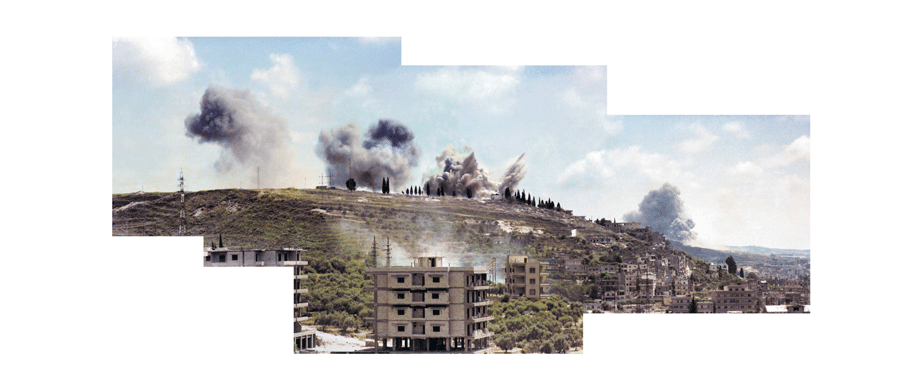
The public school was destroyed later on by another pilot, but the rumour of the Israeli pilot who refused his order remained.
This rumour fascinated a number of young people, especially the son of the school’s founder, Akram Zaatari. After Zaatari referred to the pilot’s story during a lecture, which later got published, it was discovered that this so-called “rumour” was indeed true. Moreover, he was able to uncover the name of the pilot, and eventually had the chance to meet him.
When Zaatari was selected to represent Lebanon at the 55th Venice Biennale in 2013, he centered Tamir and his story, titling his work “Letter to a Refusing Pilot”.
As he tells the New York Times, “The importance of the story is that it gives the pilot a human face.”
Letter to a Refusing Pilot is an homage to the epistolary essay of Albert Camus, “Letters to a German Friend”, conducting the search for answers and acting as a tribute to an act of peace in a world full of cruelty.
As Zaatari explains, “I think it’s important to remember in times of war that everyone is a human being. Taking it to this level humanises it completely, and we’re not used to this at all.”
Zaatari’s film portrays the dark sides of war, but it also envisions a society promoted by the United Nations Sustainable Development Goal for Peace, Justice and Strong Institutions.
At the Biennale’s Lebanese Pavilion, the artist showcases the pilot’s story through three connected works: a forty-five-minute film projected on a wall, a monitor silently showing the Saida hillside being destroyed by bombs, and a single red chair, reminiscent of a cinema seat, placed between the two videos in which viewers are invited to sit.
The short movie is a mixture of a documentary and an essay combined with creativity and fiction. Zaatari combines multi-layered videos with personal and archival documents of the incident. Every medium that was used tells the story from a teenager’s perspective, even including footage of a teenage Zaatari recording with an old audio recorder and a microphone.
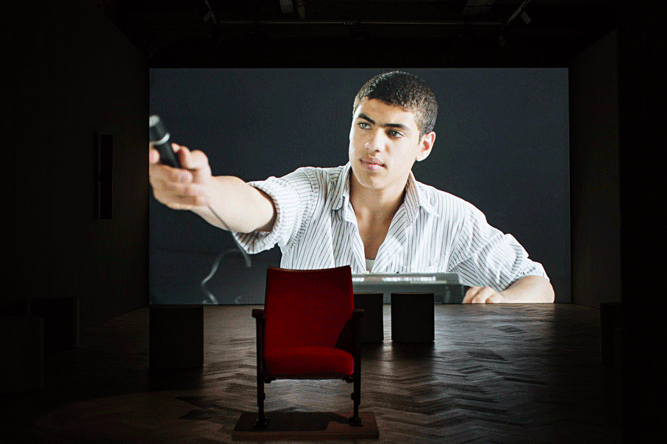
It was Zaatari’s mission to explore the nuances between official versions of events and how the same event is told on a personal scale. Especially in cases of war, the official narrative often differs significantly from personal stories.
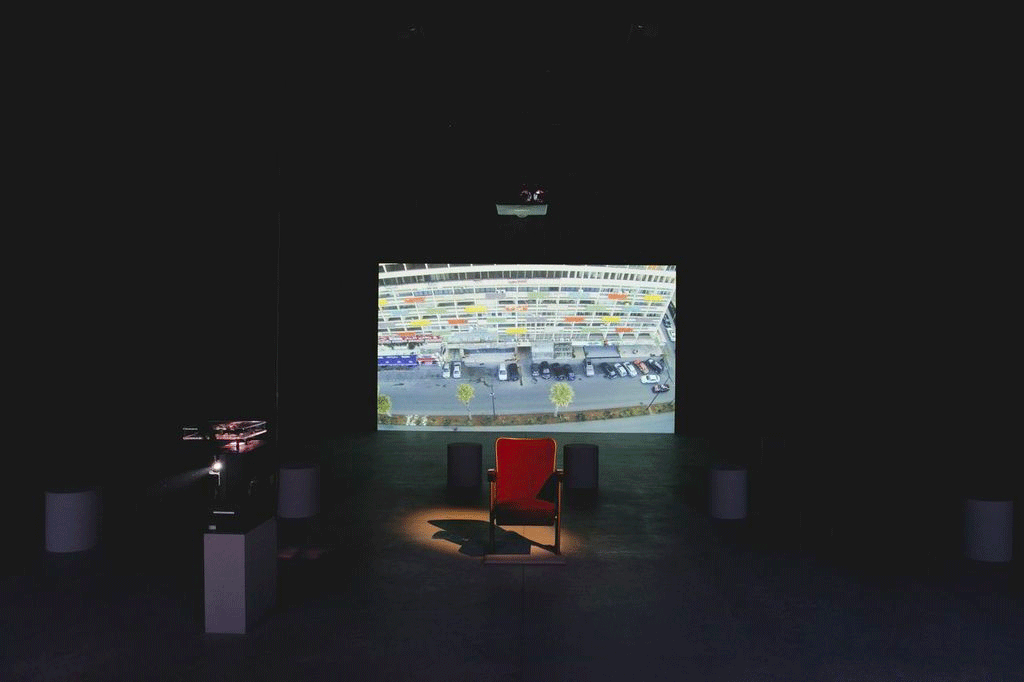
The installations need to be read in tandem with the larger body of work Zaatari has produced in the past, which engages with questions of materiality, methods of assembly, and modes of display combined with archival media and documentary methods.
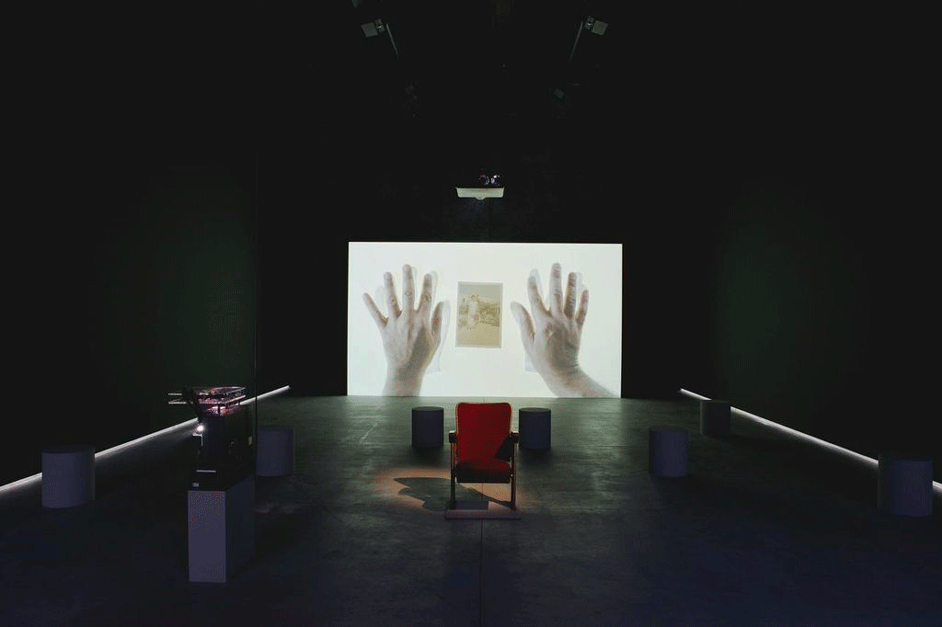
However, even if Zaatari comes close to addressing the nuances of this complex story, there are still some questions that he is unsure about.
“What still interests me in the story is that he didn’t tell anyone except his friends and his family, for many years,” Zaatari said. “How did the news leak into Lebanon? I don’t know. How did the story circulate in my neighborhood? I don’t know. He didn’t come out publicly until 10 years ago. So how did I come to know the story when I was just 16?”
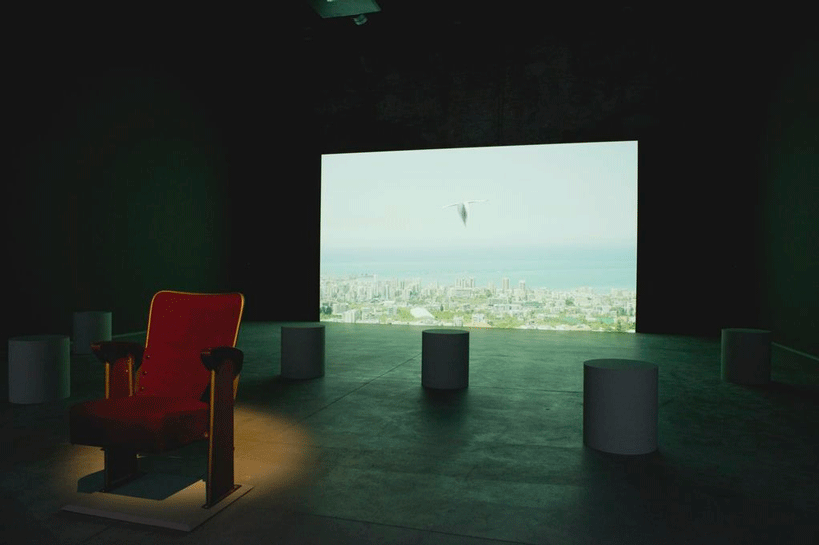
Even though Zaatari is able to show the good and bad behind the actions and motivations of this war story, the main message seems to be that the official and the personal side of any story differ. Even if something is just a rumour, it could have a little bit of truth inside, and something purely innocent can turn into something destructive within seconds.
One of the final scenes shows a paper airplane of pupils over Saida, quietly drifting away and then all of a sudden turning into a fighter jet shooting to the horizon, visualising this gap in a breathtaking transition.
